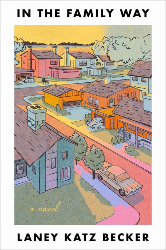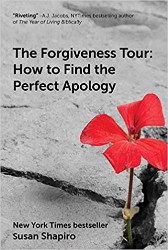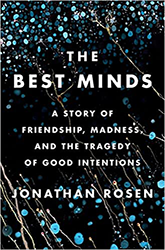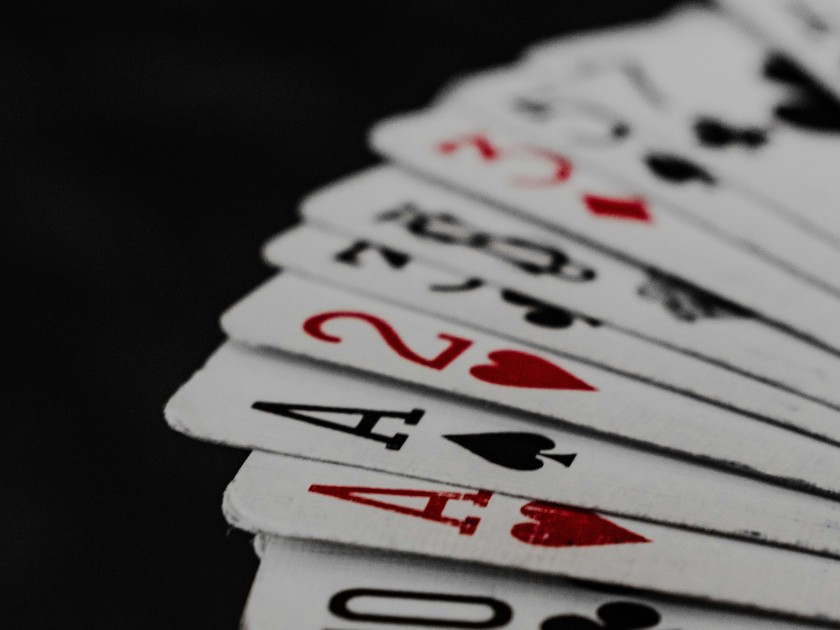
My new novel, In the Family Way, is set in the mid-1960s, before the women’s movement took flight and most certainly before Roe v. Wade became the law of the land. At its core my book is about the close friendship between a group of suburban housewives and how much they have to rely on each other to navigate life’s challenges, including marital issues, societal restrictions on women, and pregnancies — both wanted and unwanted.
In order to really explore the women’s relationships, as well as what times were like back then, I knew I needed to get them all together on a regular basis. After considering my options, I decided on a weekly canasta game. I knew bridge was popular back then, but I know nothing about bridge other than it’s hard and it intimidated me. There was mahjong, but that struck me as something primarily Jewish and Asian women played and since two of the housewives in my novel are Jewish and two are not, canasta struck me as a better choice.
I did a little digging into the game online and learned that canasta was invented in 1930 by two men in Uruguay. But what I especially liked about the card game is how it’s making such a comeback. Today, there are temple sisterhoods and JCCs all over the country offering lessons and weekly drop-in games. Though once considered an “old” person’s card game by some, it is now gaining popularity with women of all ages who are learning it and loving it.
A little more than a dozen years ago — with our adult children out of the house — my husband and I decided we’d had it with the snow and ice and decided to relocate. Even before Covid hit, we were both working remotely, so we left New York and headed south.
These days I have a weekly canasta game. There are roughly twenty of us who show up every Tuesday.
We’d barely unpacked when a woman who lived in our new development approached me. She did not come with a tray of freshly baked cookies as she might have in the 1960s (and as happens in my novel), but she came with a smile and a warm welcome. Weeks later she asked, “Do you play canasta?” Alas, I told her, I did not. But within a couple months, I, along with three other newbies she’d assembled, were hanging on her every word as she explained the importance of remembering to take our talon after melding and “signaling” to our partners.
These days I have a weekly canasta game. There are roughly twenty of us who show up every Tuesday. On Sunday our fearless leader, Linda, sends out a text message to everyone asking who is free to play and who wants to come to lunch an hour before game time. Our group is very egalitarian; none of the “I prefer not to play with her,” or “I played with her last week.” Instead, we all pick a card and the four who draw aces sit at one table, twos at another, and so on. In the summer, when the snowbirds fly north, we may not have three or four tables of women, but somehow, we always manage to field at least one game.
As cards are drawn and discarded, small talk is exchanged. Occasionally conversation grows more serious and we sit, shuffling cards more times than necessary, while listening to one another’s problems, successes, or stories about family who are visiting or those who have just left. This is also when arrangements to borrow high chairs, toys, and pack ‘n plays take place. In short, our canasta table becomes a combination of town-square talk and an old-fashioned telephone party-line.
There has been illness and disease in our group. Some have also suffered the loss of partners and husbands. Those who need support know they can find it in the members of their Tuesday game. And we, just like the millennium of women who’ve come before us, lend help and support to our sisters around the table.
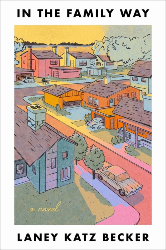
In the Family Way by Laney Katz Becker
Laney Katz Becker is an award-winning author, writer, and a former literary agent. Her books include the debut novel, Dear Stranger, Dearest Friend, and the nonfiction anthology, Three Times Chai, a collection of rabbis’ favorite stories. She is a graduate of Northwestern University, raised her two children in Westchester County, New York, and currently lives on the east coast of Florida with her husband and their Havanese.
